This piece is the sixth in a series of reflections about Lent and Holy Week.
“They killed Jesus? Why did they do that? They are bad people! He didn’t do anything bad. It’s not fair!” Our three-year-old son ranted in this fashion the whole walk home from his first Good Friday worship service. The sidewalk—lined with filthy snow, grit and melting dog turds—the drizzle falling from a clay-coloured sky, the barren trees and the moaning wind all seemed to agree.
You may unsubscribe from any of our newsletters at any time.
Our son, for the first time, realized that baby Jesus, who became a man of the marginalized and a healer, was murdered. He was furious and inconsolable in his despair over the injustice of Jesus’ crucifixion. I held his hand. I told him Jesus’ friends probably felt the same way. I didn’t mention Easter. Tears ran down his cheeks.
Only the most courageous among us truly surrender ourselves to the Good Friday story. We prefer to put Jesus in the tomb, like bread into a toaster, confident he will pop back up on Easter morning. No worries. Friday’s grisly scene will soon be transformed into pastels, tulips, painted eggs, bunnies and sunrises.
What if we had only a charismatic, donkey riding, peasant revolutionary who was publicly tortured and put to death by a powerfully militarized occupying empire?
More Holy Week reflections from Broadview:
The Palm Sunday donkey has an important message for us
This Holy Monday, remember that Easter will still come
This Holy Tuesday, there is no doubt that we are broken
This Holy Wednesday, consider a new symbol for our faith
Maundy Thursday’s foot-washing is more than a re-enactment
In Elie Wiesel’s memoir, Night—about his survival in a German concentration camp—he describes being forced to witness the slow, agonizing death of a young boy, hanged for collaborating against the Nazis:
Behind me, I heard… a man asking: “Where is God now?”
And I heard a voice within me answer him: “Where is He? Here He is—He is hanging here on this gallows….”
We’re Easter people. We hurry from cross to empty tomb—the show stopper, the orchestra swelling, trumpets and timpani sounding, proclamations of the end of injustice and suffering, the victory of life over death.
Can we be honest? Death and suffering have not been defeated.
The resurrection—like Donald Trump on the return to normal after COVID-19—is aspirational. It is described poetically, with metaphors and symbols—the curving neck of fiddleheads, crocuses sprouting in the snow, the song of a sparrow in a blossoming cherry tree, the restoration of relationships, an ineffable inner awakening—all true, beautiful and full of promise.
Good Friday, on the other hand, is as literal as a grave. The fear, despair, injustice, violence and suffering of God on a cross persists in the flesh.
On this Good Friday of the plague, where is God? God is weeping in Italy and Spain, perishing in a Bobcaygeon nursing home, laying down her or his life for friends and strangers at the hospital and the grocery store, suffocating for lack of a respirator, sleeping cheek to jowl in a homeless shelter, deprived of a final kiss, alone, bracing as the pandemic stalks Africa. Suffering and death abound.
This week, a little girl came to the food bank with her mother. Stressed, tired and laid off from her minimum-wage job, Mom accepted the grocery card and picked 10 items from the pantry shelf. Her daughter rummaged through a basket of hotel toiletries. “She wants one of those hotel shampoos,” her mother sighed, “to wash her hair. I use soap.” But the shampoos were all gone. Only hand lotions were left in the basket.
“Where is God,” I wanted to cry, “when a frightened little girl cannot have 30 lousy millilitres of shampoo to wash her hair?”
And I heard Good Friday answer: “Where is God? Here She is—searching in a basket for shampoo.”
Broadview is an award-winning progressive Christian magazine, featuring stories about spirituality, justice and ethical living. For more of our content, subscribe to the magazine today.

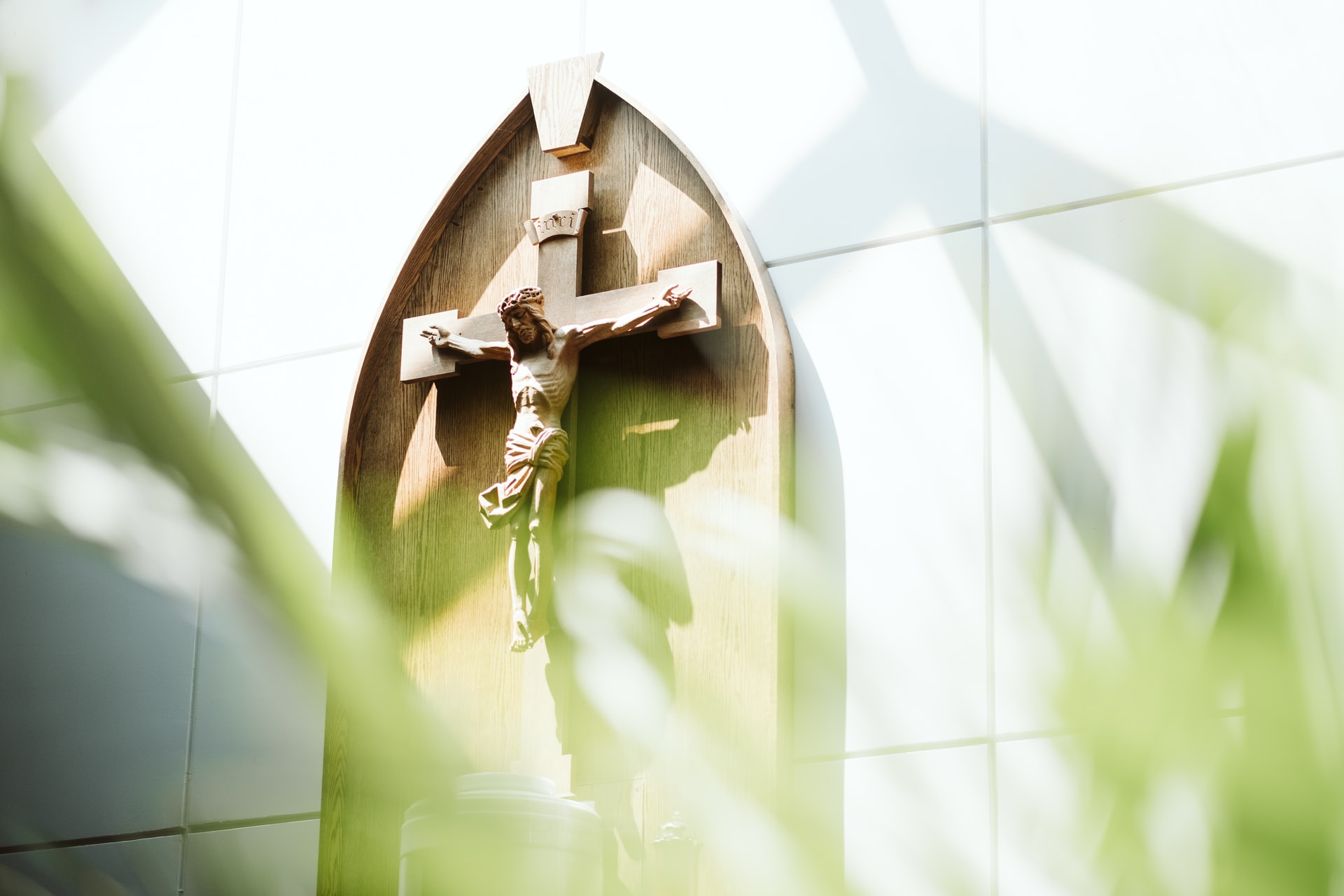








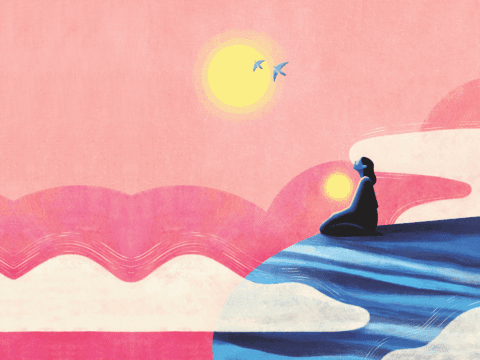
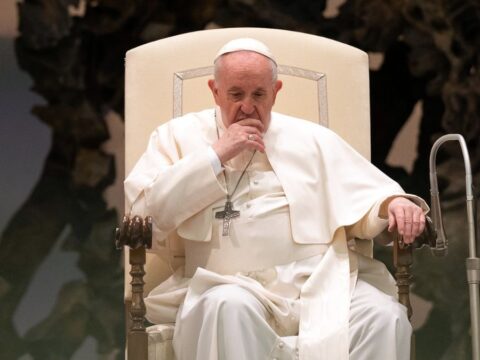
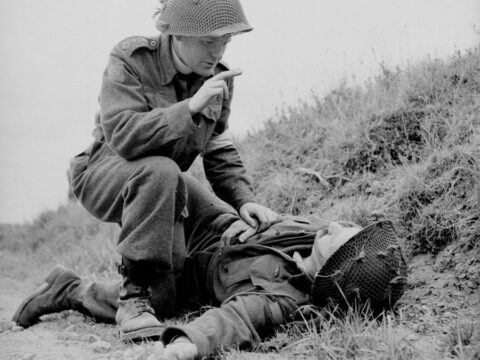
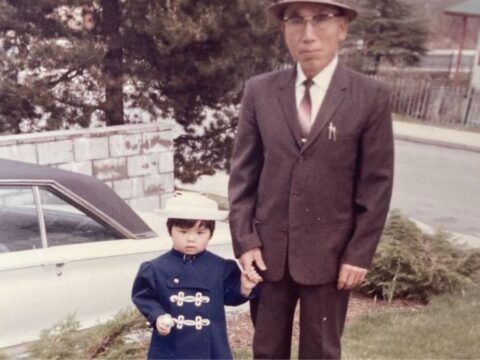

There is 16th century altar piece in an Alsace France museum. In the center is a figure of the crucified Christ. His body is marred by plague boils. This was the most dreaded disease in Europe during the middle ages. The artwork was commissioned by the monks of St. Antony’s monastery. They saw the human suffering of Christ in every human being. And did what God called them to do in that day to alleviate suffering. They founded 369 hospitals throughout Europe. But that is only part of the story. The people who were suffering from the plague understood that God in Jesus suffered with them. Two decades now with experience as a police, hospital, prison chaplain and congregational minister and multiple tours overseas as a solider before Ministry I have observed that the persons who had the most spiritual resilience in their suffering were Christians who trusted that God suffered with them in Christ. But more telling was that they remained selfless and hopeful (instead of cynical) about their suffering. That is the gospel. It is a grace that faith in God gives. Its not cognitive therapy or philosophy, or positive thinking or mythic. Its the grace of faith. I am disappointed that in the Holy Week meditations often written by senior spiritual leaders of the church, I dont hear much of the gospel.
Rev. 3: 20 Behold, I stand at the door and knock: if any man hear my voice and open the door, I will come in to him, and will sup with him, and he with me.
The Lord wants Believers in Him to come to “Know Him!| “He was in Christ reconciling the world back unto Himself!
What was lost with Adam and Eve was that fellowship, personal, and intimate.They knew Him and His voice as they walked and talked in the garden. He longed for it with Israel of old, but they did not know Him. He came in christ but few came to know Him.
Sadly, it is the same with most believers to this day, they believe in Him, but they don’t know Him. ” My Sheep know my voice!”